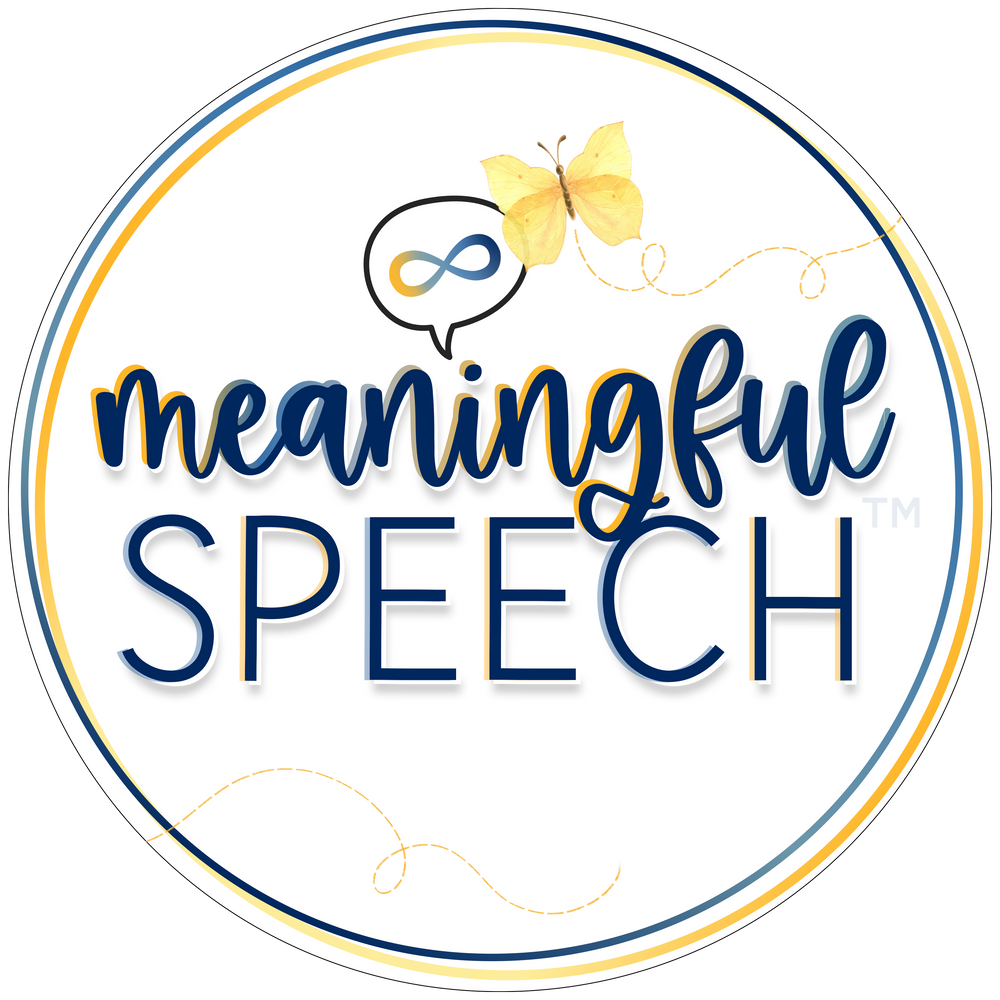Middle, High School and Young Adult Gestalt Language Processors
Dec 14, 2022
One of our most asked questions is if it is ever too late to begin using the Natural Language Acquisition (NLA) Framework to support gestalt language processors (GLP). We want to emphasize that it’s never too late. There is no cutoff age. However, there are some things to keep in mind when supporting an older GLP.
What do I need to know about supporting an older gestalt language processor?
Older gestalt language processors have often had years of therapy being treated as disordered analytic language processors. Things may take much longer with an older gestalt language processor. We have to help them "unlearn" a lot of what they were taught over the years and realize that we are now here to listen and acknowledge all of their communication. So many of their gestalts have been ignored or redirected up until now. Here are some important things you should know:
- Older GLPs might be prompt dependent and have difficulty initiating or communicating with spontaneous language.
- They may have amassed hundreds of single words, but are unable to "expand their utterances”. These are stuck gestalts/scripts.
- Many will communicate with "survival language" that was taught to them by well meaning teachers, parents and therapists (think "I want" and rote requests).
- They may not "play" or engage in independent hobbies due to compliance based or adult-directed therapy.
- Older gestalt language processors may communicate using hundreds of long gestalts that they have amassed over the years.
- You may hear them “whisper scripting”. These are scripts said at a low volume, softly, or “under one’s breath”. This can happen when a child’s gestalts were previously discouraged or told to “stop doing that '' in the past.
So how can I support an older gestalt language processor?
-
First and foremost, know that it's NEVER too late! Be patient and remember things may take longer with older gestalt language processors.
-
Start listening and acknowledging all of their communication. We can do this by nodding our heads, repeating the script back to them, or saying “yea” or “okay”. Even if you don’t know what the scripts/gestalts mean yet, this lets them know their communication is valid and heard. Building trust with them is crucial and may take a while, especially if they have a past filled with compliance based therapy and suppression of spontaneous language.
-
If a child is identified later in life as a gestalt language processor, that's ok! When we know better, we can do better. Now that you know they are a gestalt language processor, start looking at them through a GLP lens right away! Begin supporting them using the Natural Language Acquisition (NLA) Framework (Blanc, 2012). This approach does not have a cut off or age limit. It can be used with all ages.
-
Switch to child-led therapy immediately! Yes, you can use child-led therapy with older GLPs. Focus on really getting to know the child, build trust and rapport by allowing for free play, engaging in hobbies, and allowing spontaneous language to emerge.
Want to learn more in-depth information about how to support gestalt language processors?
-
There are many free podcasts, webinars and articles to get you started. A comprehensive list of resources can also be found on our website.
-
Consider taking the Meaningful Speech course to learn more about how your child or client processes language and how you can help move them from echolalia to self-generated (original flexible) language.
-
Consider joining the waitlist for our new AAC + Gestalt Language Processing course that will be released in February of 2023! It will teach you how to identify, evaluate and support gestalt language processors who use AAC.
-
Look for a speech-language pathologist (SLP) who "gets it" and can help you in supporting your child's language development. Check out our registry. for SLPs who understand gestalt language processing and child-led therapy.
